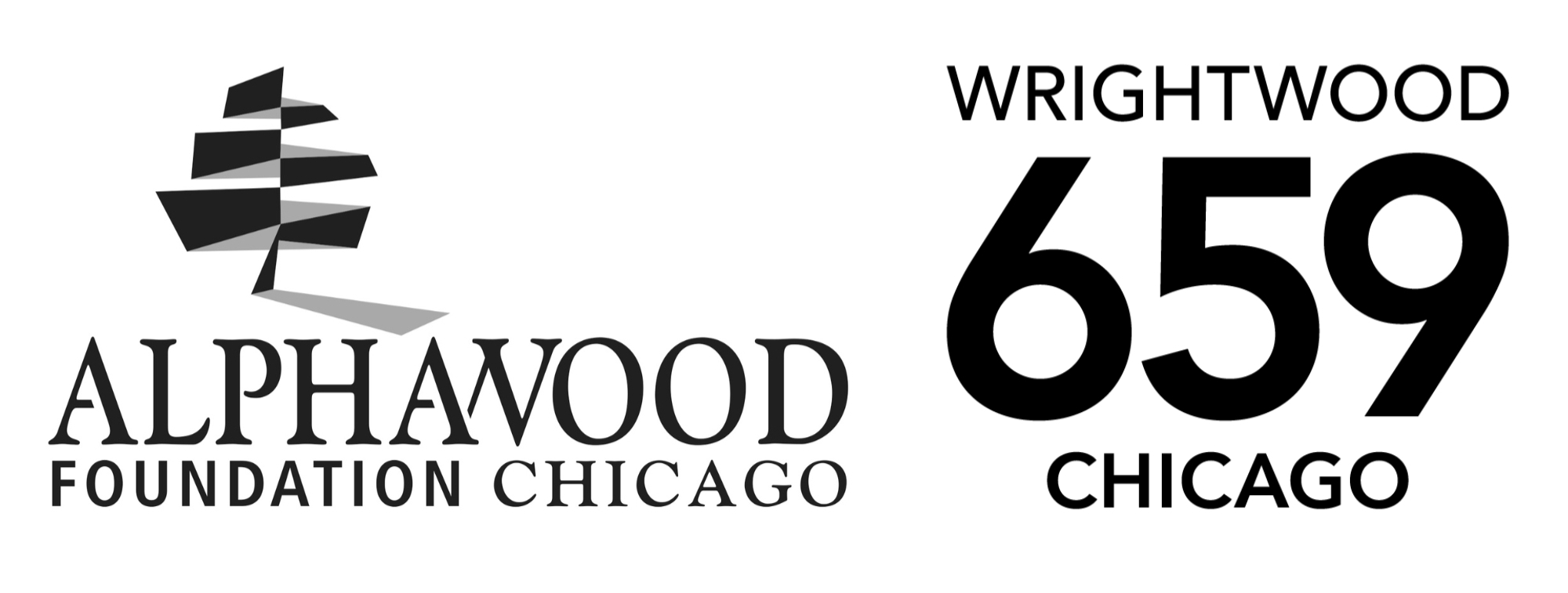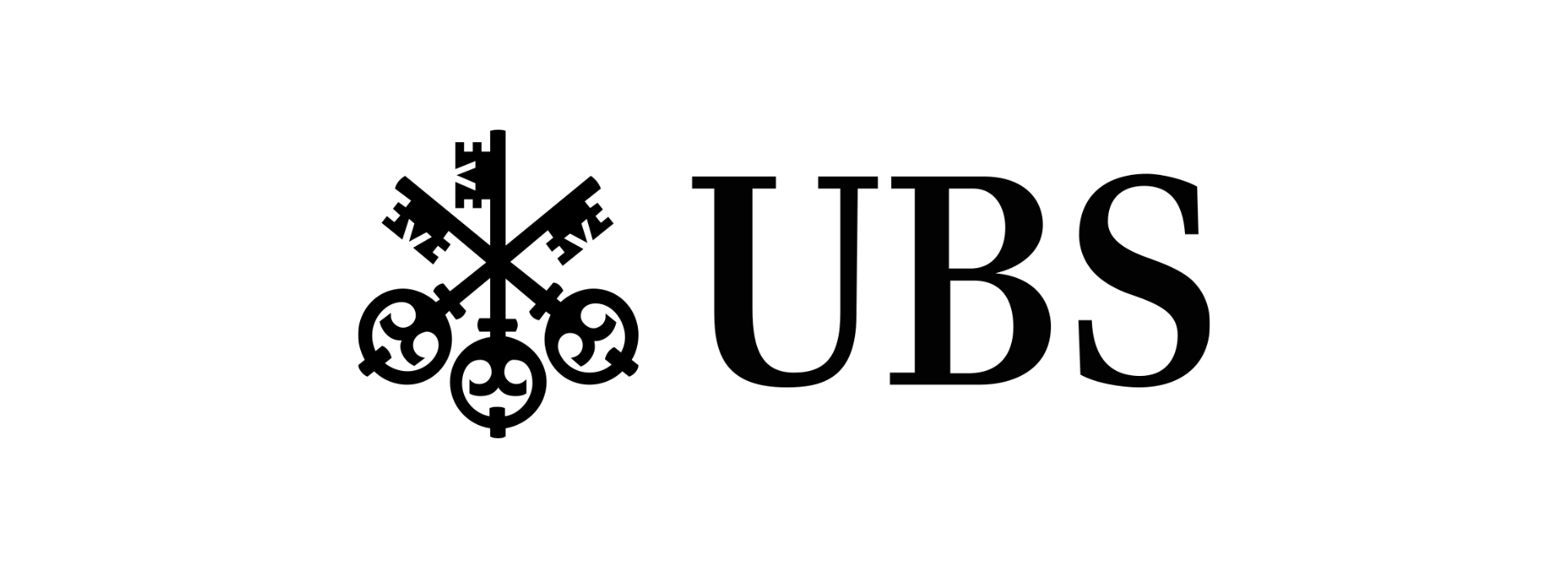The First Homosexuals
The Birth of New Identities, 1869–1939
March 7–August 2, 2026, Kunstmuseum Basel | Neubau
The exhibition The First Homosexuals at the Kunstmuseum Basel turns a spotlight on the early visibility of same-sex desire and gender diversity in the arts. Showcasing around one hundred paintings, photographs, works on paper, and sculptures, it illuminates how new visions of sexuality, gender, and identity took shape after 1869—the year the word “homo-sexual” first appeared in print. The multifaceted presentation frames perspectives on queer networks, intimate portraits, coded desires, colonial entanglements, and bold life choices.
This exhibition was first organized by Alphawood Exhibitions at Wrightwood 659, Chicago, researched and curated by Jonathan D. Katz, Curator, and Johnny Willis, Associate Curator. At the Kunstmuseum Basel, it has been adapted in collaboration with curators Rahel Müller and Len Schaller.
The term ‘homosexual’ first came into use in the German-speaking world in 1869 and un-derwent a substantial shift over the following decades. Debate over its meaning ranged from a universal capacity for same-sex love to the idea of a ‘third sex’. Over time, the term came to describe a minority who embraced same-sex desire—precisely the obverse of the term’s original intention. During those decades, artists grappled with the issue in a wide variety of ways: they portrayed friends and lovers, captured the everyday lives of couples, or experi-mented with gender roles. Art offered them the latitude and the creative means to express realities and ideas for which there was as yet no appropriate language.
The exhibition The First Homosexuals explores the nascent creative engagement with these subjects in the late nineteenth and early twentieth centuries. Across thematic sections, it highlights artists and writers who openly explored—and at times embraced—homosexual and trans identities. It follows the evolution of the nude in dialogue with shifting ideas about sexuality and shows how friendship and familiar art-historical tropes served as discreet (and in some cases not so discreet) codes for same-sex desire. The exhibition also looks beyond Europe, examining how many European artists saw same-sex desire as a quality almost inherent in colonial territories, and, in response, artists across the world challenged and re-sisted this colonial domination.
The First Homosexuals retraces both the cultural and artistic output and the early history of the LGBTQIA+ community. The exhibition demonstrates the mutual formation of homosexu-al and transgender identities and traces the emergence of a distinctly trans identity as envi-sioned by modern artists following the coining of the term ‘trans’ in 1910. The Basel adaptation combines international loans—many of which have never been on display in Switzerland—with the Kunstmuseum’s own ample holdings. Seen together, the works of art offer insights into the genesis of a concept that is now an integral part of people’s identities and contemporary life.
Accompanying the exhibition at Wrightwood 659, Monacelli Press (a Phaidon imprint) has published an extensive catalogue, featuring 22 original and illuminating essays by leading experts in art and queer history, each focusing on one geographical region – from Japan to Australia to the Indigenous populations of South America.
The exhibition is made possible by the Alphawood Foundation Chicago, a private foundation working for an equitable, just, and humane society.


